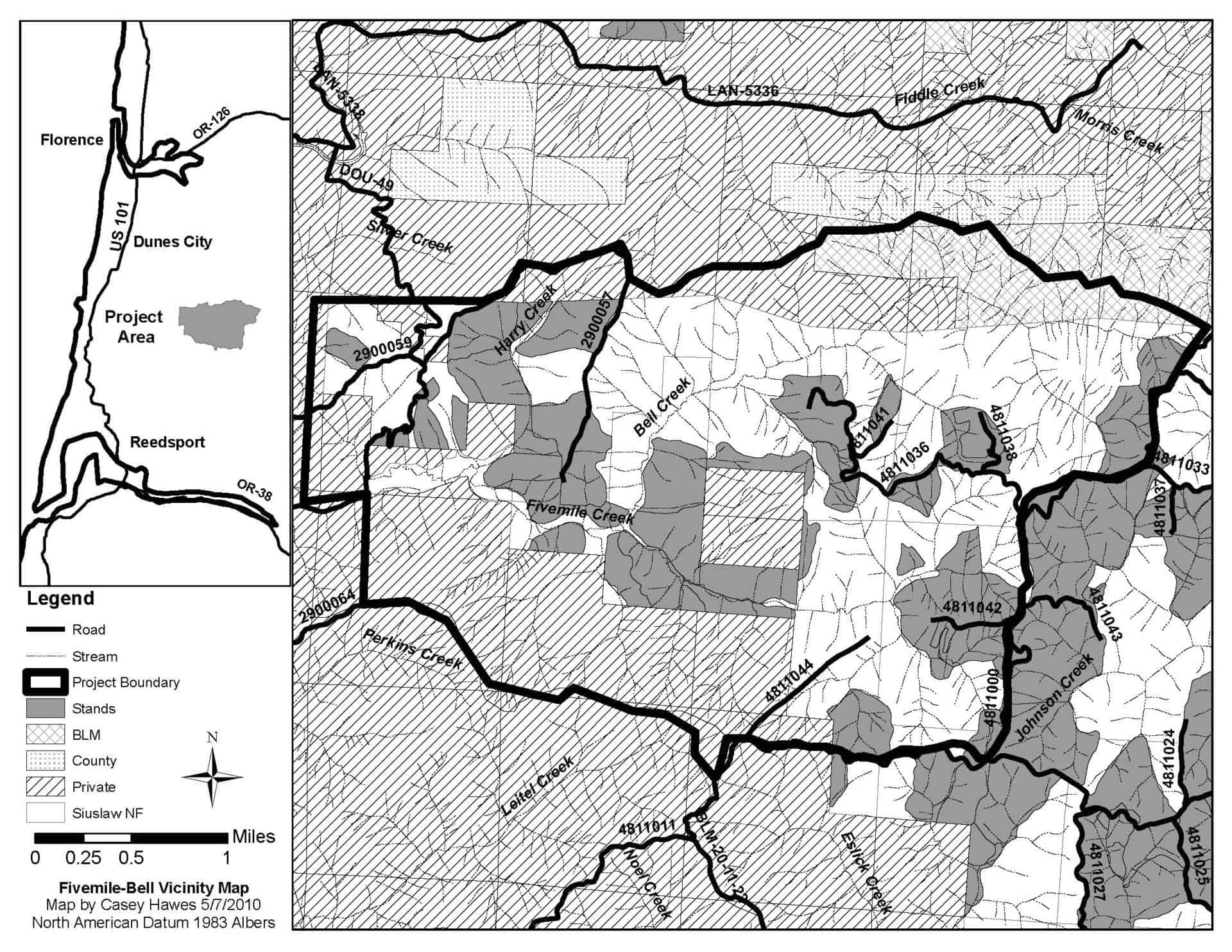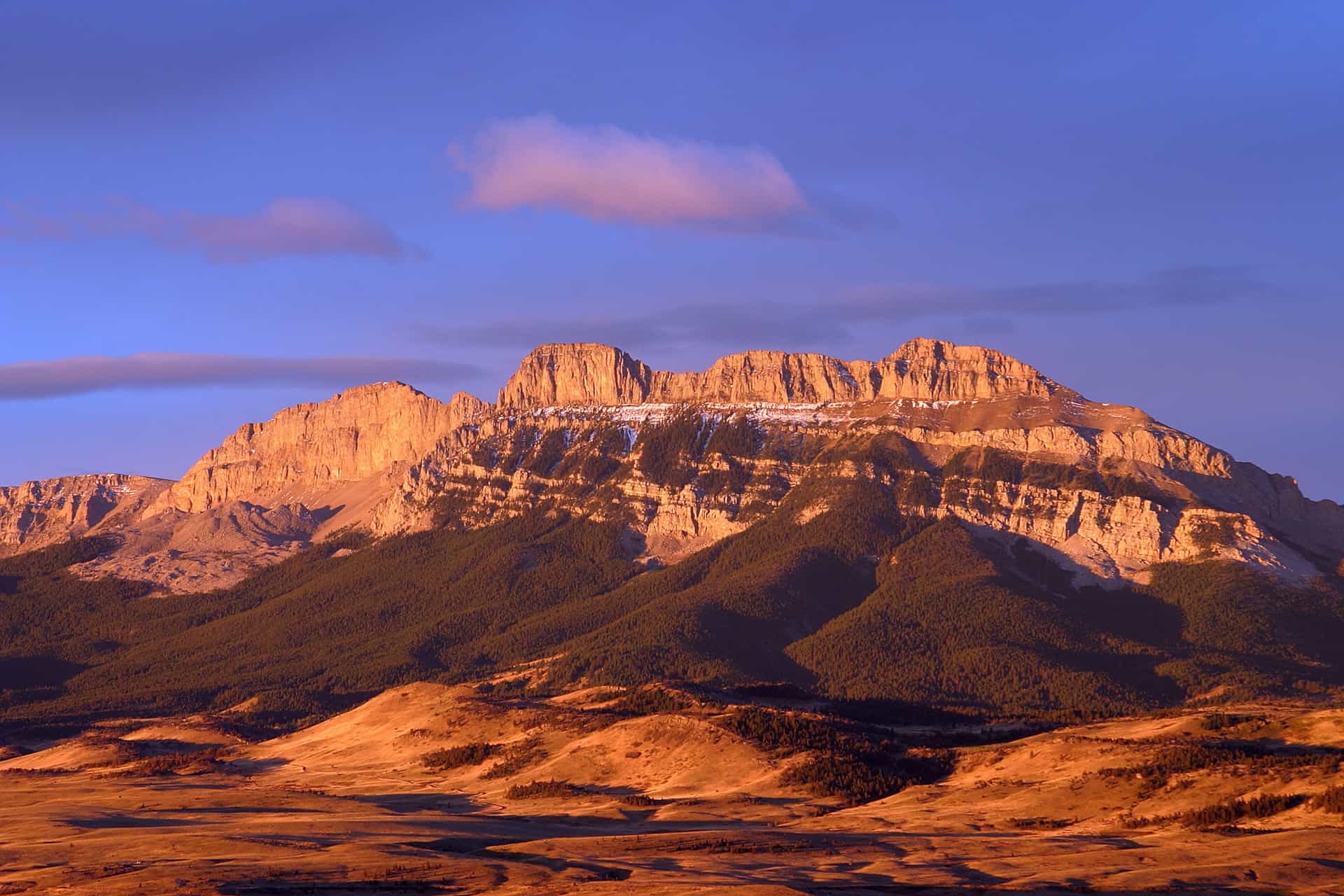We’ve heard this mantra in many places when the different recreationists seek to have land managed for their varying methods of recreation. It seems to me if place-based decisions worked out by locals are the best way to proceed- but I’d be interested in hearing other points of view. The comments are also interesting. In the rhetoric around the 2001 Roadless Rule, land needed to be “protected”. Now we find that some believe that that is not “protected enough”- motorized and mechanized need to be “outta there.” Also note the reference to one of our favorite topics.. litigation.
Windy Pass in the Gallatin Range is a place of spectacular beauty.
Trying to explain it, Roger Jenkins recently recalled the opening scene of “The Sound of Music,” when Julie Andrews twirls in a grassy mountain meadow singing “The Hills are Alive.”
“That’s how you feel when you’re standing there,” he said.
Jenkins is president of the Madison Gallatin Chapter of the Montana Wilderness Association and an avid hiker and skier. He believes that a unique tract of land stretching from Yellowstone National Park toward Bozeman – which includes Windy Pass – should be protected and designated as wilderness. That would mean no motorized or mechanized uses would be allowed there.
Kerry White, on the other hand, has been snowmobiling in that same area since the 1960s. He remembers snowmobiling there with his grandfather and father, and wants to make sure he can share those same experiences with his children and grandchildren.
“These areas are precious,” said White, president of Citizens for Balanced Use, a coalition of motorized and mechanized recreationists. “On top of Eaglehead Mountain on a clear day you can see the Grand Tetons 100 miles away. It is spectacular.”
The Gallatin Crest is a special place that people can visit after the work week to “get back that momentum of life” and “recuperate from the everyday grind of traffic and noise,” White said.
From his perspective, designating the land as wilderness would mean locking it up in perpetuity and taking away opportunities for future generations.
The land in question is known as the Gallatin Crest, officially the Hyalite Porcupine Buffalo Horn Wilderness Study Area. It was set aside in 1977 to be considered for wilderness designation by Congress. Legislators, though, still have not decided what to do with the land, and in the meantime, arguments over the area’s future have gone on for more than 30 years.
A recent court ruling has sparked debate again, and area residents are talking about what to do next. Most think stakeholders should work together to come up with a consensus plan, then present it to legislators in the hopes of encouraging them to act.
Litigation and the recent ruling
In 2002, the Gallatin National Forest began preparing a travel plan after realizing that “the demand for some recreation opportunities” in the forest might “be reaching the point of exceeding the capability of the land to provide them,” according to 9th Circuit Court of Appeals documents.
Finalized in 2006, the travel plan restricted the number of trails in the WSA that could be used by motorcycles and mountain bikes. Those changes were made to help the study area retain its 1977 wilderness character — as required by law — until Congress decides whether to designate it.
Environmental groups, including the Montana Wilderness Association, the Greater Yellowstone Coalition and the Wilderness Society, filed a lawsuit against the U.S. Forest Service, essentially alleging that motorized and mechanized use would still be too great under the new travel plan.
Citizens for Balanced Use and another group of motorized users filed a separate lawsuit, alleging the opposite: that the travel plan unlawfully restricted motorized use in the study area.
A district court ruled that the Forest Service didn’t take into account the increased volume of motorized and mechanized users when making its plan. That decision was appealed, and on Dec. 1, the 9th Circuit Court of Appeals upheld the lower court’s ruling.
“We hold that the travel plan improperly ignores the impact of increased volume of motorized and mechanized use on current users’ ability to seek quiet and solitude in the study area,” the ruling said. “Because the Service entirely failed to consider this important aspect of its duty to maintain the study area’s 1977 wilderness character, its decision is arbitrary and capricious.”
So what does that mean for the future of the Gallatin Crest? The answer to that is still being figured out.
The ball is in the Gallatin National Forest’s court
The Gallatin National Forest is responsible for acting on the ruling.
“It may take some time for us to fully digest this ruling and determine an appropriate course of action,” Mary Erickson, Custer and Gallatin Forest supervisor, said in a Dec. 5 statement.
In the meantime, GNF announced that an interim winter plan to manage the WSA would remain in effect. That plan constrains snowmobile use in the WSA to the Big Sky Snowmobile Trail and an open area for cross country snowmobile travel near Golden Trout Lakes.
In a recent interview, Marna Daley, spokeswoman for Gallatin National Forest, said the Forest Service is still grappling with what to do next.
“The real issue is about the opportunity for solitude,” she said.
And solitude is not just affected by the extent or distribution of snowmobiles, motorcycles or mountain bikes, but also by their volume. Deciding what volume is appropriate will be a challenge, as the Forest Service does not have data about volume levels in 1977.
“We’re trying to determine the best way to move forward from here,” Daley said. “We’re trying to find a strategy that is going to result in a management configuration that people can get behind and at least support — maybe not embrace but at least support.”
Ideally, a user-based solution could be found, she said. Additional analyses of the WSA and its opportunities for solitude could also be done.
When asked whether the Forest Service would finance a mediator to help stakeholders reach a consensus, Daley said it would consider that if there were a likelihood of success.
“We certainly don’t have funds to just sink into a process that may not have an outcome,” she said.
She added that the Forest Service is striving to find a solution that will break the cycle of “never-ending litigation.” The Gallatin National Forest hopes to identify the next steps it will take by early February.
While it considers its options, the Forest Service is also dealing with an approximately $170,000 bill for the conservation groups’ litigation costs. Under the Equal Access to Justice Act, federal government entities must pay for the opposing sides’ litigation costs if the opposition prevails in court.
Daley said the bill amounts to 15 percent of the agency’ fiscal year 2012 recreation budget and could impact the amount of trail and road maintenance the Forest Service conducts and whether it can hire as many seasonal employees.
“It’s a significant amount,” she said. “We’ve somehow got to make that up.”
However the Forest Service responds to the 9th Circuit ruling, its actions might trigger continued litigation. Another solution to the problem, though, would be congressional action.
Many stakeholders favor a collaborative effort to produce a plan for the WSA that all could support. That plan could then be presented to legislators and would perhaps encourage them to finally make a decision on whether the WSA should be a wilderness area.
Stakeholders
Ben Donatelle works at a local bike shop and is coordinator for the Wilderness and Recreation Partnership, an organization focused on protecting the WSA while working to improve trails and access outside its boundaries.
He would support a wilderness designation, though it means mountain bikers could not ride on any of its trails.
“There are a thousand miles of other trails,” he said.
He believes one of the greatest reasons for protecting the area is because it serves as critically important habitat and a corridor for wildlife, such as wolverines and grizzly bears.
“I want to have places out there that exist that are pristine, untouched, untracked and, like the wilderness act says, untrammeled by man,” he said. “If everybody went wherever they wanted, will-nilly, we wouldn’t have those wild places. And its been proven time and time again that the public is in favor of that.”
He hopes that the recent ruling serves as a catalyst for the community to come together and take a hard look at why it cares about this place and how it wants it to be managed in the future.
“The common thread is that we all love to get out into wild places and into nature and do what we love to do,” he said. “We should have the foresight to protect some of those places for things that are greater than ourselves.”
Steve Gehman, wildlife biologist and program director for the nonprofit Wild Things Unlimited, said the WSA is important to many rare and sensitive species. It wouldn’t necessarily need to be wilderness in order to maintain the wildlife, he said, but it would add another level of protection for the animals.
Patti Steinmuller, a hiker and skier from Gallatin Gateway, said she thinks community meetings or focus groups are the key to resolving this issue.
“I don’t think congressional action is likely without a broad network of support from the community,” she said. “(We need) a real Montana-based, locally crafted plan that works for everyone.”
White with Citizens for Balanced Use believes there should be more access for motorized uses. Places to snowmobile within the WSA are limited, and in the greater Gallatin National Forest, snowmobilers can travel only in open areas without trees or cliffs.
CBU board member Brad Grein said that the areas snowmobilers do have left have become so crowded that the rewarding experiences of snowmobiling, such as finding untracked snow, have been diminished.
“What CBU is looking for is a fair and balanced approach,” White said. “We don’t see that balance and fairness coming out of the (Forest Service) or being supported by environmental groups. Those folks want it all”
CBU is supporting a bill sponsored by a California legislator known as the Wilderness and Roadless Area Release Act of 2011. It would release WSAs across the country from continued management as de facto wilderness areas.
Some conservationists make the point that if the WSA near Bozeman were not designated as wilderness, it could be subject to natural resource development that could deprive it of its unique qualities.
White believes there are no development opportunities in that area.
“The terrain is prohibitive in that way,” he said. “There’s no chance that (development) would occur. That’s a pipe dream for those guys to even make that argument.”
“We’re going to continue to fight,” he said. “We are not going to stand for losing it all.”
But White said CBU would be open to efforts to work together for a solution.
“All stakeholders need to be engaged,” he said.
Jenkins said the California bill indicates that there’s pressure to resolve these issues. He sees it as a great opportunity for stakeholders to start talking.
“Wilderness and designating wilderness is not about use, it’s not about recreation, it’s not about an outdoor gymnasium. It’s about protecting the landscape,” Jenkins said. “It’s not just all about me, it’s about the future generation, the grandchildren and great grandchildren here today.”
The many stakeholders involved with this issue have diverse perspectives, but Jenkins noted there is common ground.
“All the people talking about this range love it,” he said. “But we’ve got to find a way we can love it without loving it to death.”
If you’re curious about how much wilderness there is already in the vicinity, you can check this handy application (I clicked on Montana,scrolled down to that part of Montana, and clicked off the check for “names” to see clearly), supported by many agencies including the FS and the University of Montana. Remember it shows wildernesses and not Yellowstone Park, parts of which are managed in a wilderness like way (no motorized or mechanized, etc.).








